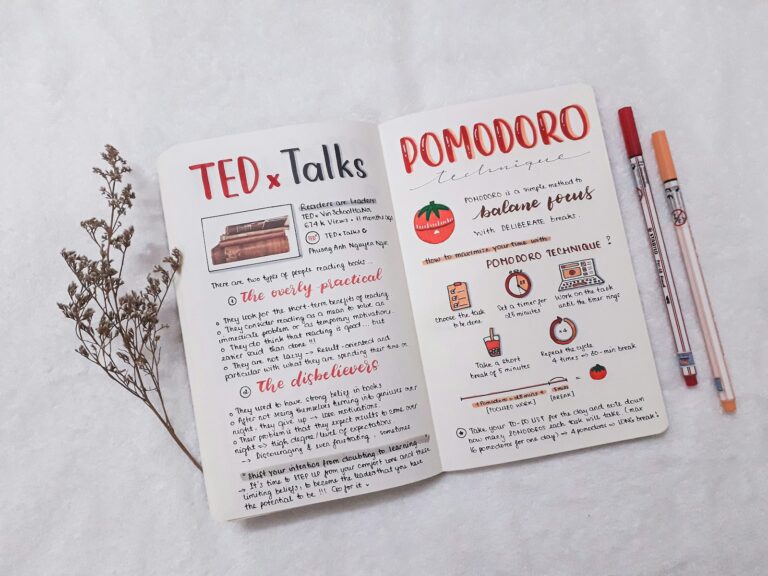Introduction
Getting Things Done (GTD) is a productivity methodology developed by David Allen. It provides a systematic approach for managing tasks, projects, and commitments. In this article, we will explore the key principles of GTD and how they can be applied to increase productivity and reduce stress.
1. Capture
The first step in GTD is to capture all your tasks, ideas, and commitments. This involves collecting everything that is on your mind and putting it into a trusted system. Here’s how to do it:
- Keep a notepad or digital tool handy to jot down any new tasks or ideas that come to mind.
- Create a dedicated inbox where you can collect all your incoming tasks and commitments.
- Regularly review your inbox and transfer the items to an appropriate place in your system.
Example: You are in a meeting and a new task comes up. Instead of trying to remember it, quickly jot it down in your notepad or digital tool.
2. Clarify
Once you have captured all your tasks and commitments, the next step is to clarify what each item means and what needs to be done. This involves asking yourself a series of questions:
- What is the desired outcome of this task?
- What is the next action required to move this task forward?
- Is this task actionable or does it need to be delegated or deferred?
Example: You have a task in your inbox that says “Prepare presentation.” To clarify, you break it down into smaller actionable steps such as “Research topic,” “Create slides,” and “Practice delivery.”
3. Organize
Once you have clarified your tasks, it’s time to organize them in a way that makes them easily accessible and manageable. Here’s how:
- Create different categories or lists to group similar tasks together (e.g., work, personal, errands).
- Use a digital tool or a physical filing system to store reference materials and project-related information.
- Assign due dates or priorities to tasks to ensure they are completed on time.
Example: You have a category called “Work” where you organize all your work-related tasks. Within this category, you have separate lists for different projects or areas of responsibility.
4. Reflect
Regular reflection is a crucial part of the GTD methodology. It allows you to review your tasks, commitments, and priorities to ensure you are on track and making progress. Here’s how to incorporate reflection into your routine:
- Set aside dedicated time each week to review your tasks and projects.
- Ask yourself if there are any tasks that can be completed or delegated immediately.
- Identify any tasks or projects that have become irrelevant or can be postponed.
Example: Every Friday afternoon, you spend 30 minutes reviewing your tasks and projects for the week. You identify any tasks that can be completed before the weekend and make a plan for the following week.
5. Engage
The final step in GTD is to engage with your tasks and commitments with a clear mind and focus. This involves choosing the most important task based on your priorities and taking action. Here’s how to stay engaged:
- Break down complex tasks into smaller, manageable steps.
- Use time-blocking techniques to allocate dedicated time for specific tasks or projects.
- Regularly review and update your task lists to ensure they reflect your current priorities.
Example: You have identified the most important task for the day and allocate a specific time slot to work on it without any distractions.
Conclusion
Getting Things Done by David Allen provides a practical and actionable framework for managing tasks and commitments. By following the principles of capture, clarify, organize, reflect, and engage, you can increase your productivity, reduce stress, and achieve your goals more effectively. Start implementing GTD today and experience the benefits for yourself!



